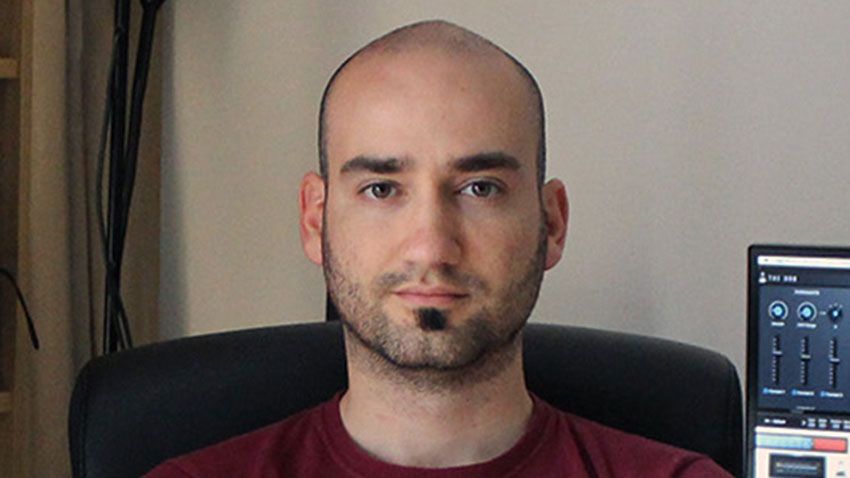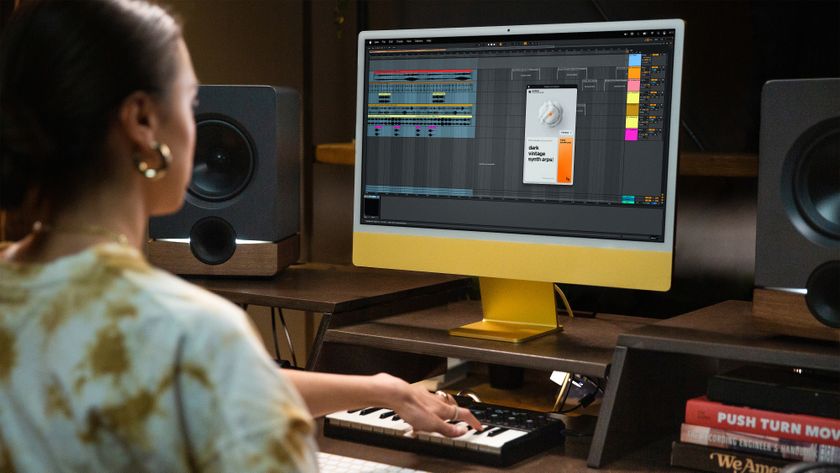Meet the programmers: AudioThing's Carlo Castellano
The prolific creator of deceptively affordable plugin instruments and effects spills his brains

With a stellar catalogue of admirably affordable plugins under his belt - including Reels, Hats, Fog Convolver and Phase Motion - this Dublin-based developer us now very much part of the music software establishment. We pinned him down for a quick Q&A.
Tell us about your background…
Carlo Castellano: “I’m a self-taught programmer, and I started working in the music industry as a session keyboardist/piano player. After graduating in Audiovisual Composition at the Music Conservatory of Naples, I worked as a composer and sound designer, mostly for video games. I used to buy lots of sample libraries and plugins, and eventually I started to create my own sample libraries and founded AudioThing in 2011. After a few years of sample libraries, I felt too limited, so I pushed myself into (re)learning C++ and DSP.”
What inspired you to create your latest effect, Reels?
CC “Reels is based on a vintage Japanese reel-to-reel machine that I bought in a flea market a few years ago. I loved the sound of it – very lo-fi and unpredictable. There are already many tape emulation plugins on the market, but very few are focused on the lo-fi/consumer kind of tape recorder. So it was a perfect fit for our plugin catalogue.”
Dirt and noise feature heavily in the AudioThing range. What challenges do you face in getting software to sound truly analogue?
CC “My approach for emulating hardware has just two steps, but it’s quite time-consuming. I start by studying the machine, the schematics, and I try to read as many papers on the subject as possible. Once I lay down all the necessary parts in the emulation, I will usually spend months - or even years - fine-tuning everything by ear to match the real unit as closely as possible. If you have the right knowledge, you can turn any schematic into code. But that’s not enough. You really need to be spending time on the machine and the emulation, constantly making comparisons and analysis, trying to match not only the sound but also the feeling of each control with the hardware.”
Get the MusicRadar Newsletter
Want all the hottest music and gear news, reviews, deals, features and more, direct to your inbox? Sign up here.
Working on emulations can be very satisfying once you nail it. Working on something completely new is a more creative job.
Do you prefer modelling real-world instruments and effects or creating new ones?
CC “It’s hard to tell. Although it can be really frustrating at times, working on emulations can be very satisfying once you nail it. Working on something completely new is a more creative job; there are fewer limitations but it’s also more risky, as you don’t have the advantage of an established concept that people are already familiar with.”
Two of the characteristics that define your plugins are their affordability and their operational simplicity. Do you ever think about developing a big, expensive super-synth?
CC “Yes indeed, I have several projects in mind that are definitely bigger than what we released so far. Recently we decided to discontinue our sample libraries to focus exclusively on plugins. However, some of those libraries will be ported/expanded/improved into a new, bigger plugin.”
What’s next for AudioThing?
CC “Lots of updates and new releases. I try to balance the time between working on updates and new products. Constantly updating older products is one of the key factors in building trust with customers.”


Computer Music magazine is the world’s best selling publication dedicated solely to making great music with your Mac or PC computer. Each issue it brings its lucky readers the best in cutting-edge tutorials, need-to-know, expert software reviews and even all the tools you actually need to make great music today, courtesy of our legendary CM Plugin Suite.












